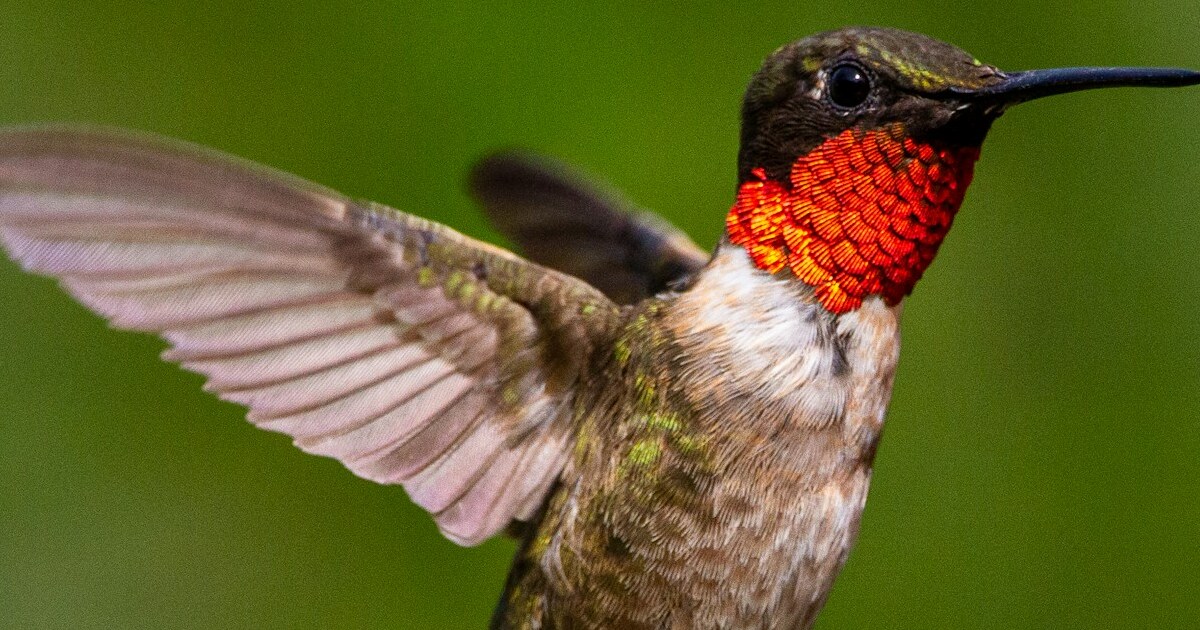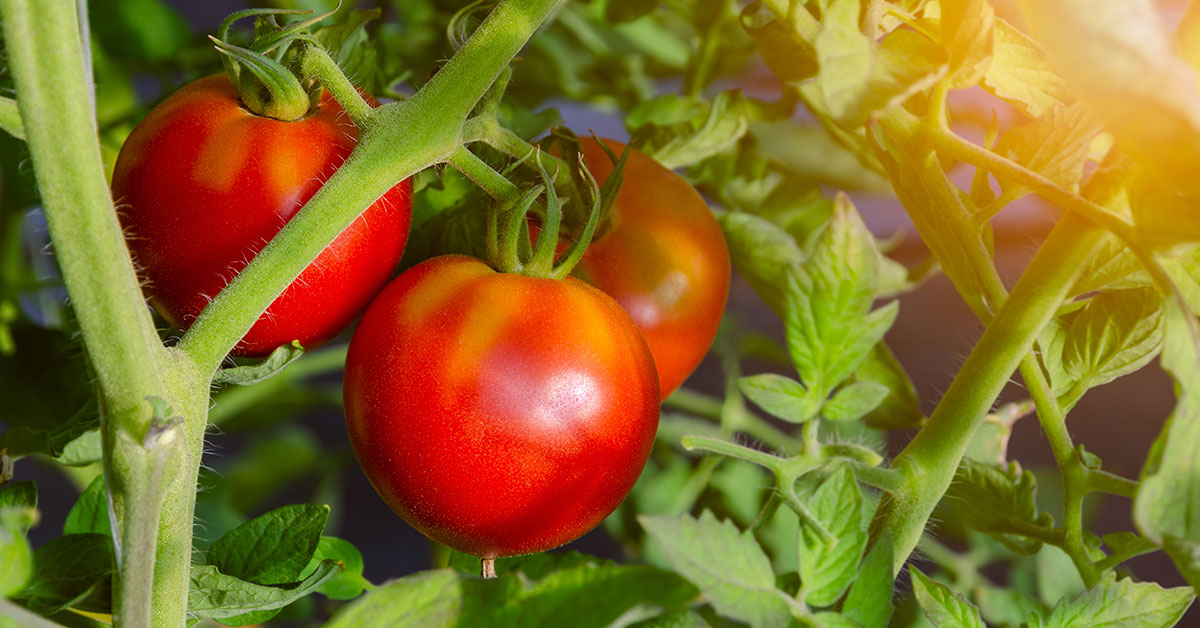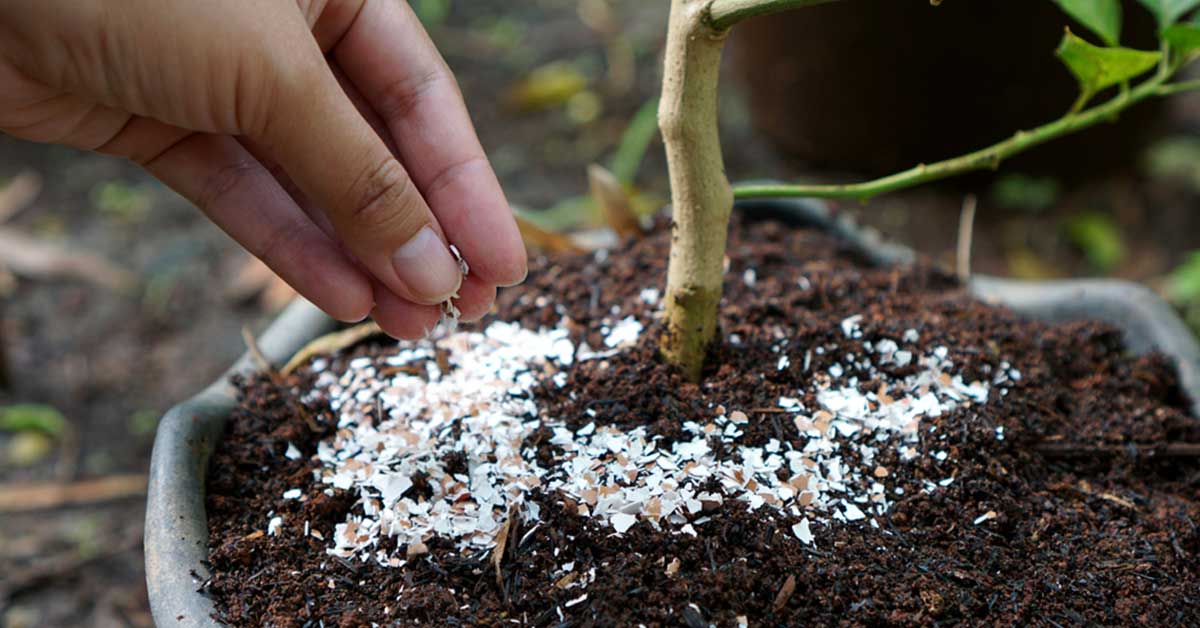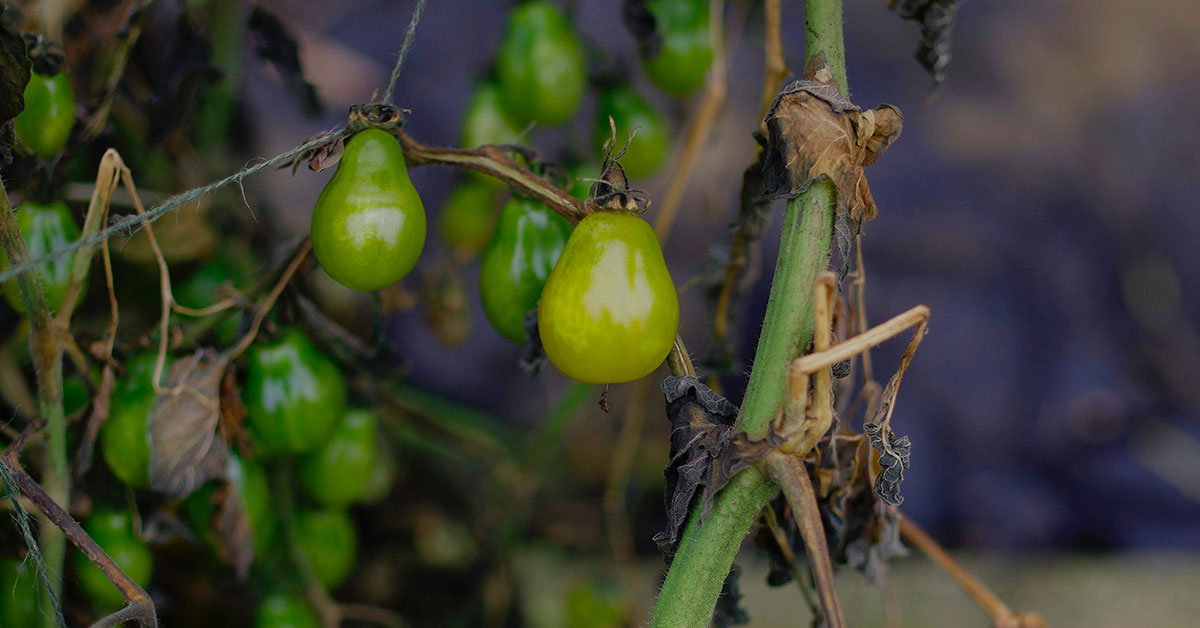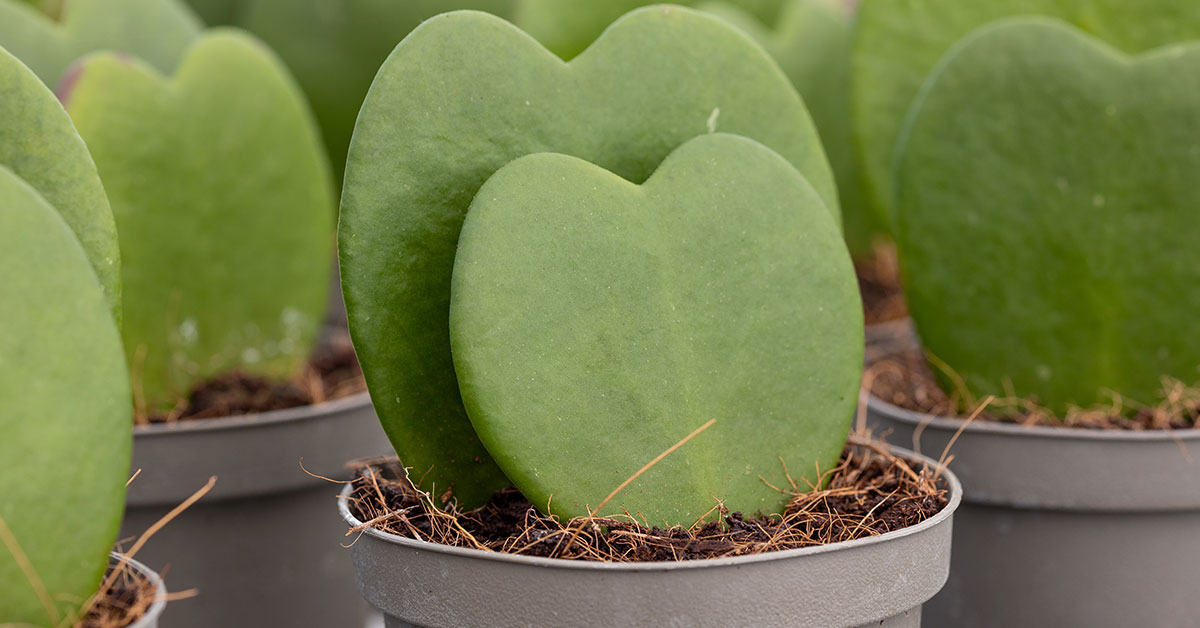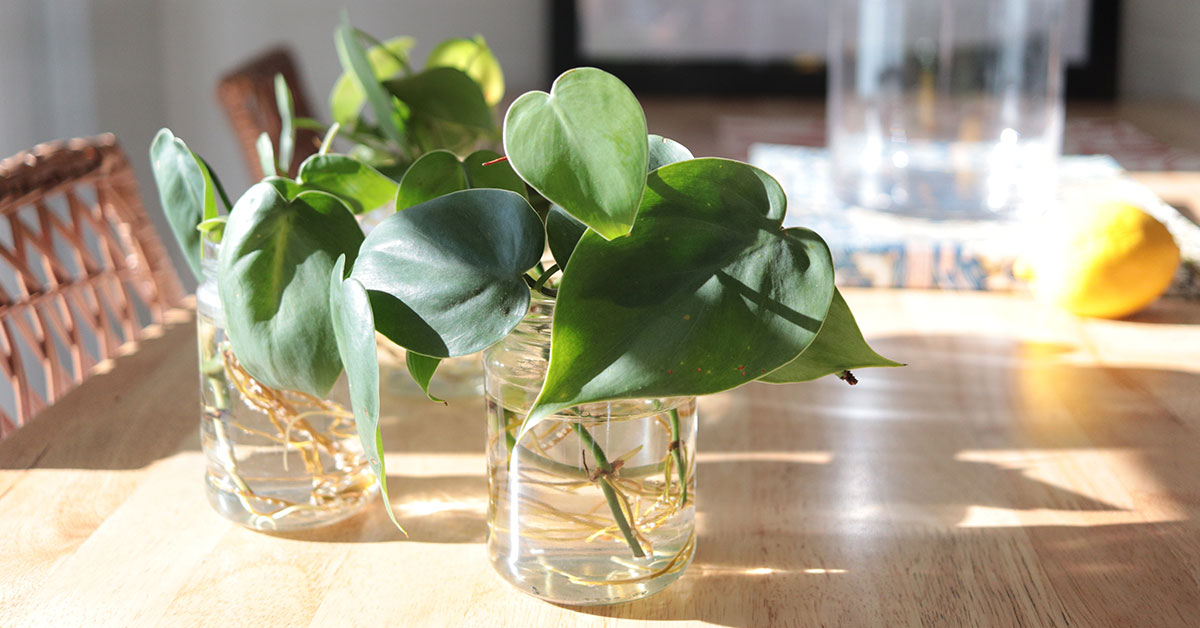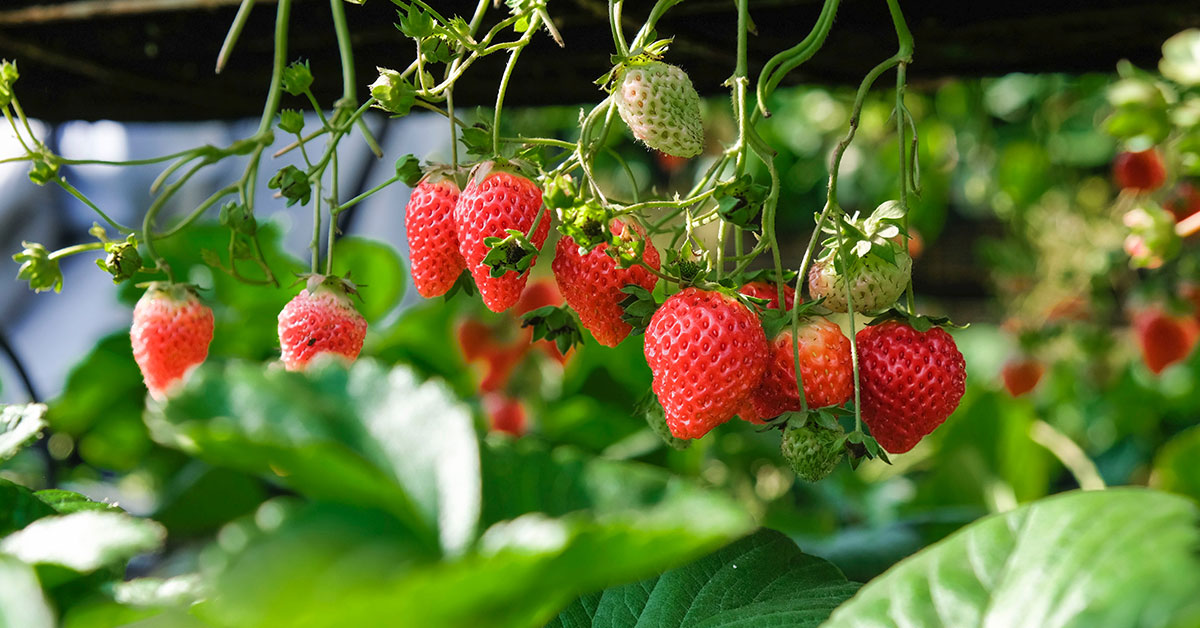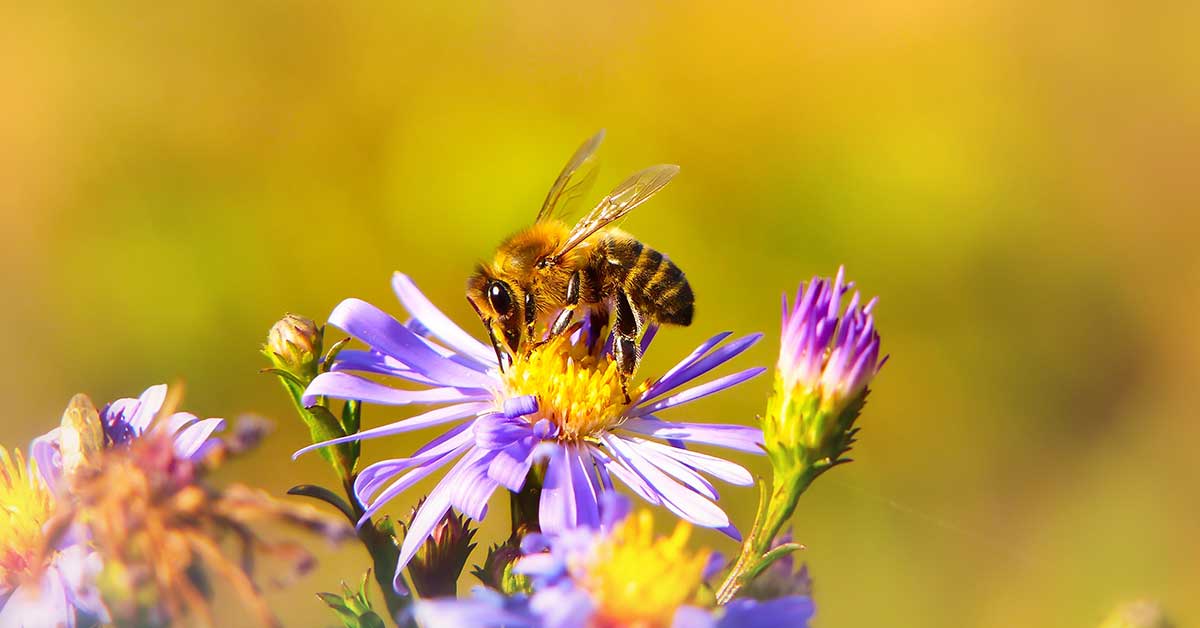There’s something magical about watching ruby-throated hummingbirds darting and hovering around vibrant flowers in your garden. These tiny, jewel-like birds are a joy to observe and play a crucial role in pollination. As a gardener passionate about supporting wildlife, I’m thrilled to share how you can attract these beautiful birds to your garden by planting specific flowers they love.
In this article, we’ll explore ten flowers that are particularly attractive to ruby-throated hummingbirds. Each plant provides nectar and serves as an essential food source for these energetic birds. By including these flowers in your garden, you’ll not only enjoy their beauty but also support the health and vitality of ruby-throated hummingbirds. Let’s dive in and create a hummingbird-friendly haven!
What is a Ruby-Throated Hummingbird?
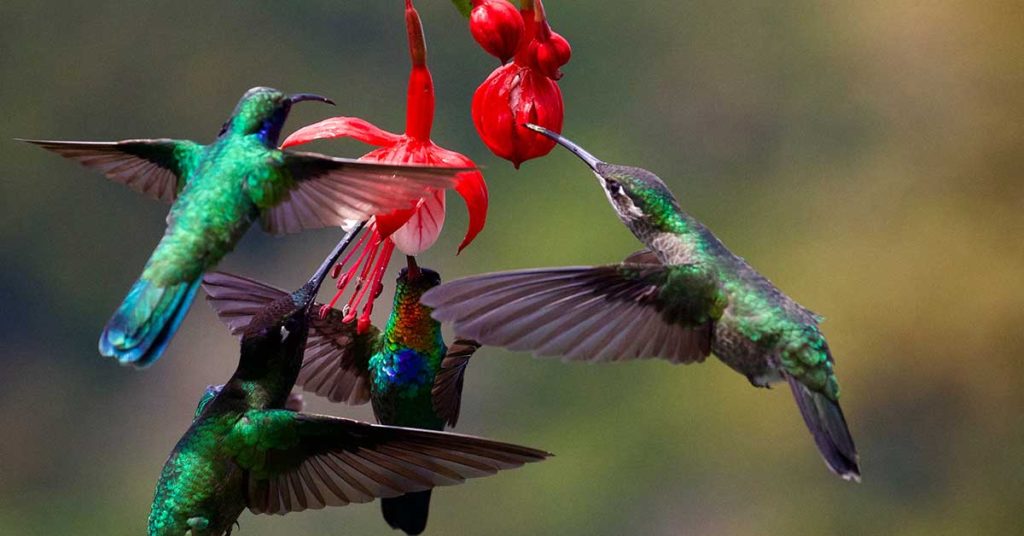
The ruby-throated hummingbird (Archilochus colubris) is a small, iridescent bird known for its green back and striking ruby-red throat, which is found only on males. These tiny birds are the most common hummingbird species in North America, characterized by their rapid wing beats and agile flight patterns. Weighing around 3 grams and measuring about 3 to 3.5 inches in length, they are truly marvels of nature, capable of hovering in mid-air and even flying backward, thanks to their unique wing structure.
The range of the ruby-throated hummingbird spans from the eastern United States to southern Canada during the breeding season, typically from March to September. They migrate to Central America, primarily Mexico and Panama, during the winter months, embarking on an incredible non-stop journey across the Gulf of Mexico. Ruby-throated hummingbirds primarily feed on nectar from flowers, favoring red or orange tubular flowers, but they also consume small insects and spiders for protein. This diverse diet supports their high energy needs, particularly during migration and breeding seasons.
Bee Balm
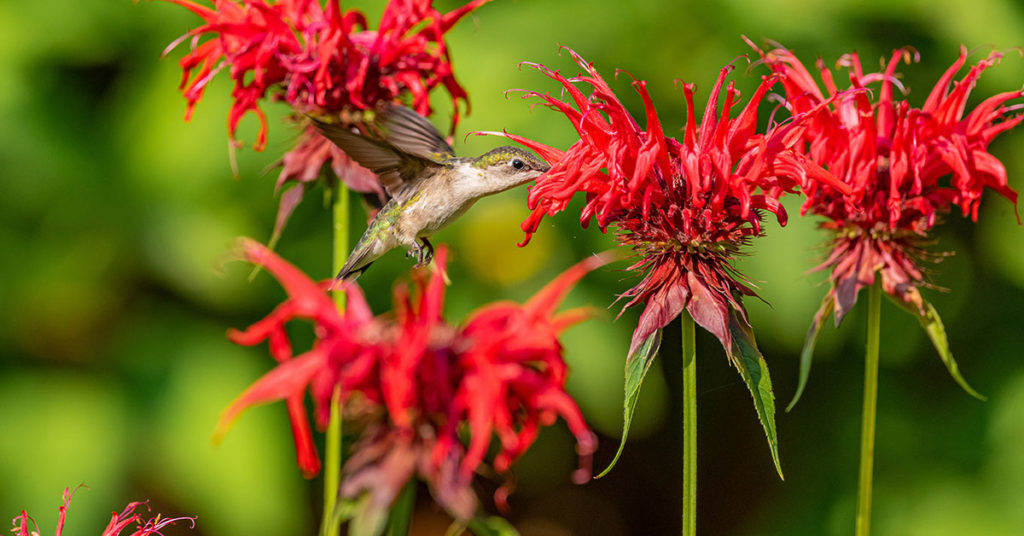
Bee balm (Monarda) is a vibrant perennial known for its clusters of tubular flowers in shades of red, pink, and purple. The bright red varieties are especially attractive to ruby-throated hummingbirds, providing abundant nectar that fuels their high-energy lifestyles. Besides hummingbirds, bee balm also attracts butterflies and other pollinators.
To grow bee balm, plant it in full sun with well-drained soil. It prefers moist conditions and can tolerate a variety of soil types. Bee balm blooms from mid-summer to early fall, offering a long-lasting food source. Regular deadheading encourages more blooms, ensuring a continuous nectar supply. I love seeing bee balm buzzing with activity!
Trumpet Vine
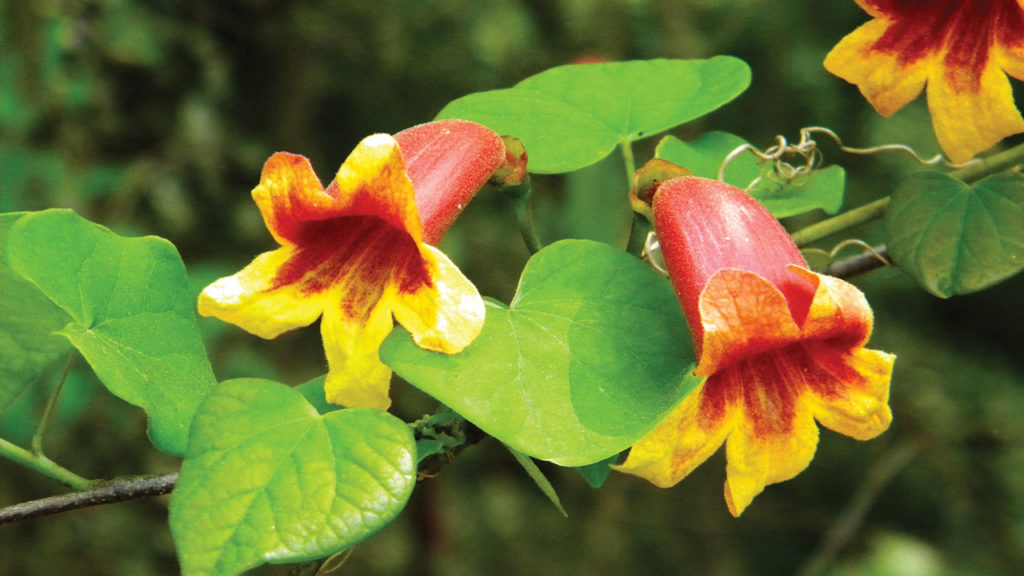
Trumpet vine (Campsis radicans) is a vigorous climber with stunning orange-red, trumpet-shaped flowers. These blossoms are perfect for hummingbirds, who are drawn to their bright color and ample nectar. The vine’s tubular flowers provide easy access for the birds’ long beaks and tongues.
Plant trumpet vine in full sun and well-drained soil. It’s a fast-growing plant that can cover fences, arbors, and trellises, providing both beauty and vertical interest. Be mindful of its vigorous growth, as it can become invasive if not properly managed. With regular pruning, trumpet vine can be a fantastic addition to your hummingbird garden.
Salvia
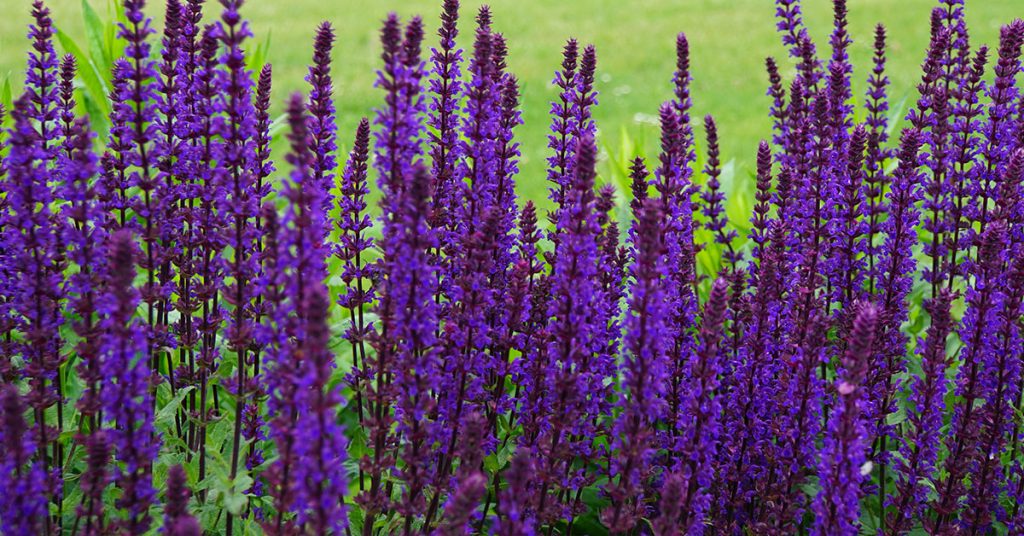
Salvia (Salvia spp.) is a diverse group of plants known for their vibrant spikes of flowers in red, blue, purple, and pink. Red salvia varieties are particularly attractive to ruby-throated hummingbirds. These flowers provide a rich nectar source and bloom profusely, ensuring a steady supply of food.
To grow salvia, plant it in full sun with well-drained soil. Salvia is drought-tolerant and low-maintenance, making it ideal for busy gardeners. Deadheading spent flowers will encourage more blooms throughout the growing season. I always make room for salvia in my garden—it’s a hummingbird magnet!
Cardinal Flower
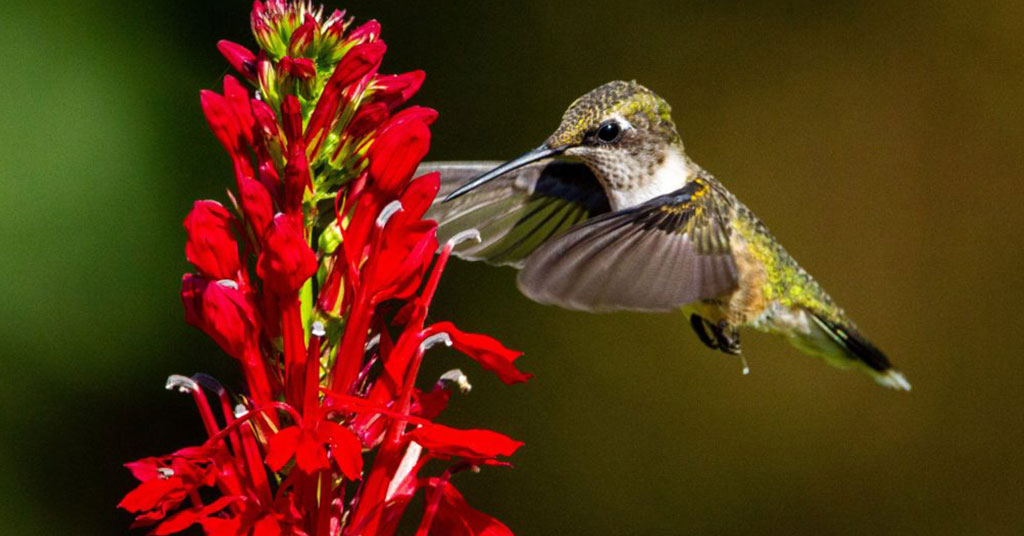
Cardinal flower (Lobelia cardinalis) is a striking native perennial with brilliant red, tubular flowers. Its vivid color and high nectar content make it a favorite of ruby-throated hummingbirds. Cardinal flower also supports other pollinators, adding to its ecological value.
Plant cardinal flower in full sun to partial shade with moist, rich soil. It thrives in wetlands, along streams, and in rain gardens. Blooming from mid-summer to early fall, cardinal flower provides essential nectar when other plants may have finished blooming. Its vibrant red spikes add a dramatic touch to any garden!
Coral Honeysuckle
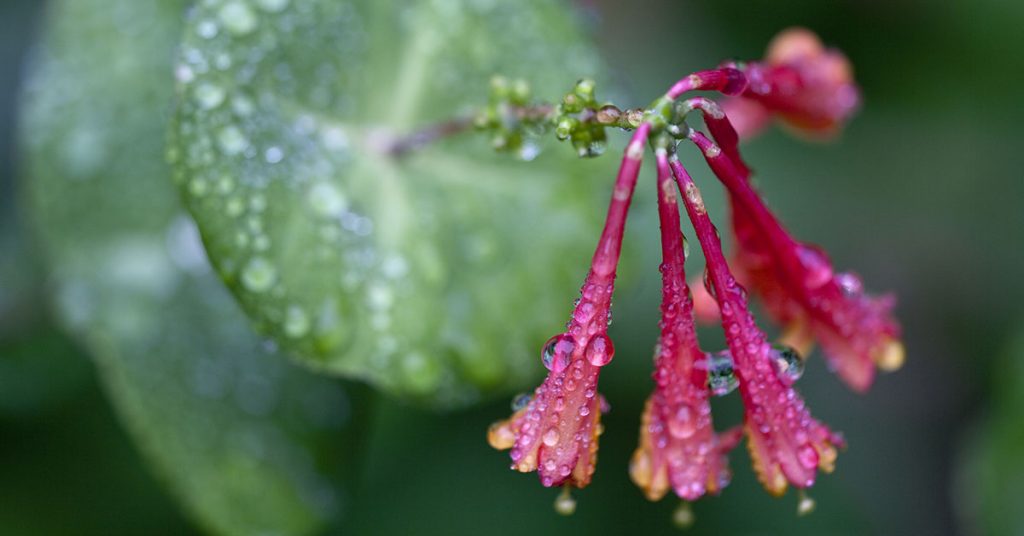
Coral honeysuckle (Lonicera sempervirens) is a beautiful vine with clusters of tubular red and coral flowers. This native plant is highly attractive to hummingbirds, providing abundant nectar and shelter. Unlike invasive honeysuckle species, coral honeysuckle is well-behaved and easy to manage.
Plant coral honeysuckle in full sun to partial shade with well-drained soil. It climbs fences, trellises, and arbors, adding vertical interest to your garden. Regular pruning helps maintain its shape and encourages more blooms. Coral honeysuckle is one of my favorite vines for attracting hummingbirds!
Zinnia
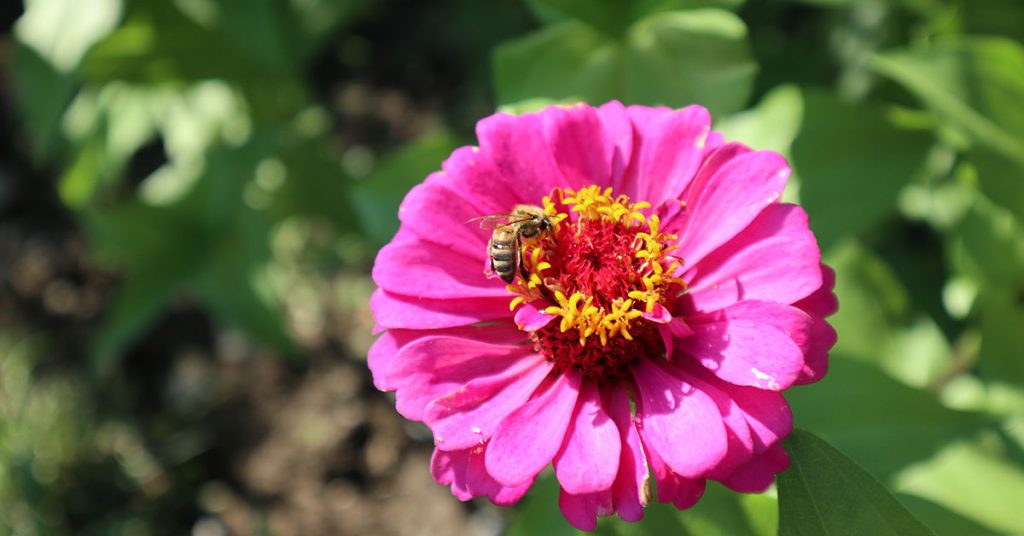
Zinnia (Zinnia spp.) is an annual flower that produces bright, colorful blooms in a variety of shades, including red, pink, orange, and yellow. The vibrant colors and nectar-rich flowers attract ruby-throated hummingbirds as well as butterflies and bees. Zinnias are easy to grow and add a cheerful touch to any garden.
To grow zinnias, plant them in full sun with well-drained soil. They thrive in warm weather and bloom from summer until frost. Regular deadheading will encourage continuous flowering. Zinnias are perfect for borders, containers, and cut flower gardens. I love the burst of color they bring to my garden!
Red Hot Poker
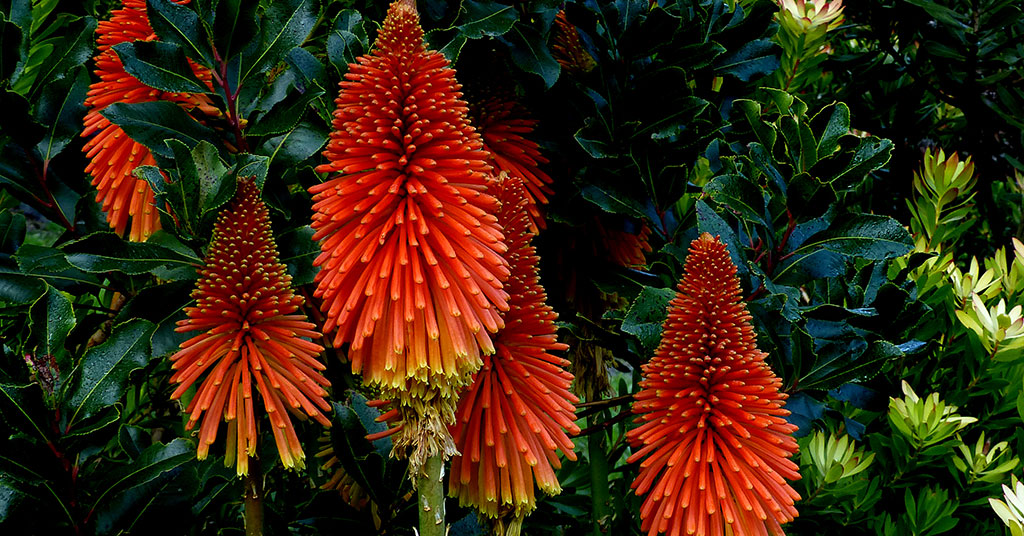
Red hot poker (Kniphofia uvaria) is an eye-catching perennial with tall spikes of tubular flowers that range from red and orange to yellow. These dramatic blooms are highly attractive to ruby-throated hummingbirds, providing a rich nectar source. The unique flower shape and color make it a standout plant in any garden.
Plant red hot poker in full sun with well-drained soil. It’s drought-tolerant and requires minimal maintenance once established. Blooming from late spring to early fall, red hot poker provides a long-lasting nectar source. I enjoy watching hummingbirds dart around these striking flowers!
Penstemon
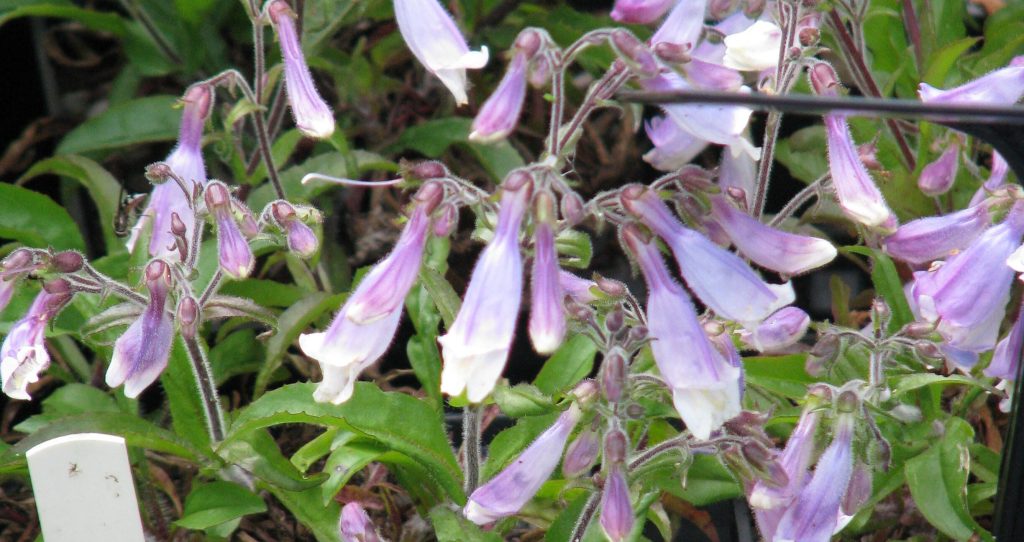
Penstemon (Penstemon spp.), also known as beardtongue, is a versatile perennial with spikes of tubular flowers in shades of red, pink, purple, and white. Red penstemon varieties are especially appealing to ruby-throated hummingbirds. The flowers’ tubular shape makes them perfect for the birds’ feeding habits.
To grow penstemon, plant it in full sun with well-drained soil. It’s a low-maintenance plant that tolerates drought and poor soil conditions. Penstemon blooms from late spring to summer, providing an early season nectar source. I always make sure to include penstemon in my garden for the hummingbirds!
Butterfly Bush
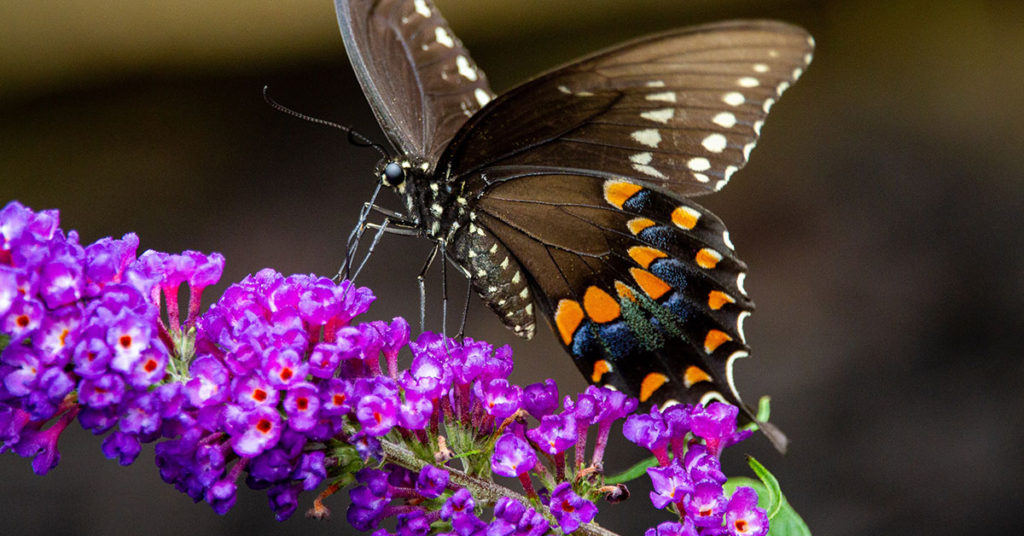
Butterfly bush (Buddleja davidii) is a popular shrub known for its long, cone-shaped clusters of flowers in purple, pink, white, and yellow. While the name suggests it attracts butterflies, it’s also a favorite of ruby-throated hummingbirds. The abundant nectar and large flower clusters provide ample feeding opportunities.
Plant butterfly bush in full sun with well-drained soil. It’s a fast-growing shrub that blooms from summer to fall. Pruning spent flowers will encourage continuous blooming. Be mindful that some butterfly bush varieties can be invasive, so choose non-invasive cultivars or sterile hybrids. Watching hummingbirds visit butterfly bush is always a delight!
Trumpet Creeper
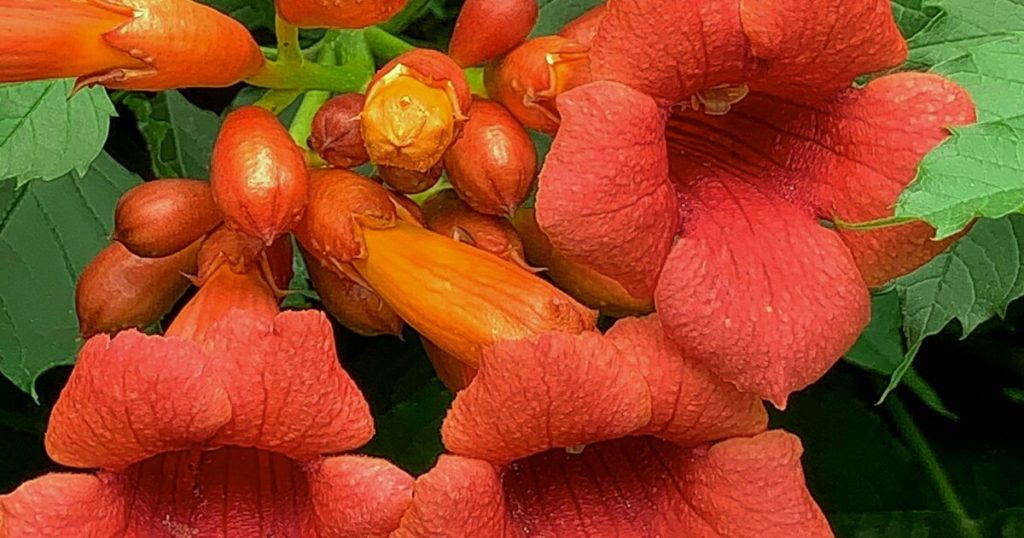
Trumpet creeper (Campsis radicans) is a vigorous climbing vine with large, trumpet-shaped orange-red flowers. These blooms are highly attractive to ruby-throated hummingbirds, offering abundant nectar. The vine’s flowers provide both food and shelter for these tiny birds.
Plant trumpet creeper in full sun with well-drained soil. It’s a fast-growing vine that can cover fences, trellises, and arbors. Regular pruning helps control its growth and encourages more blooms. Trumpet creeper’s vibrant flowers add a tropical touch to the garden and are a surefire way to attract hummingbirds!
